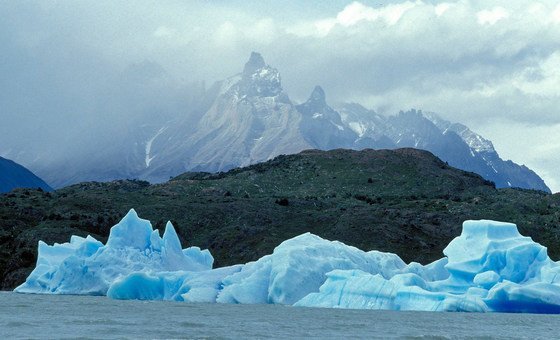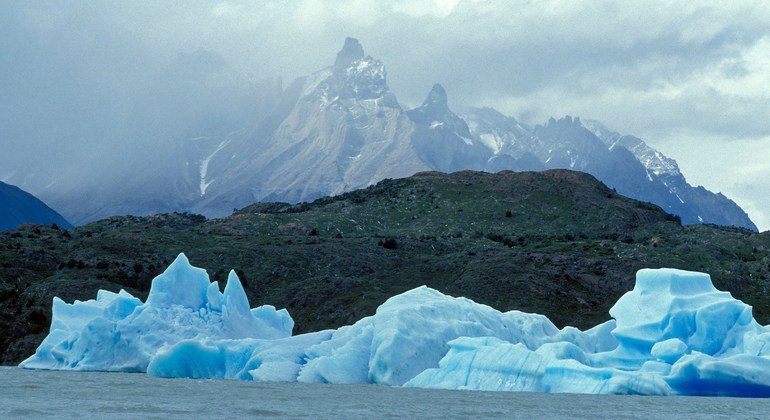
WMO warned on Tuesday that glaciers and ice sheet melt in Greenland and Antarctica accounts for some 50 per cent of sea level rise, which is accelerating, with disastrous impacts on small island developing states (SIDS) and densely populated coastal areas.
Glacier melt
The average thickness of the world’s glaciers has plummeted by almost 30 metres since 1970.
“The cryosphere issue is a hot topic not just for the Arctic and Antarctic, but it is a global issue,” said WMO Secretary-General Petteri Taalas.
The irreversible changes in the global cryosphere will affect well over a billion people who rely on water from snow and glacier melt, WMO said.
‘Sleeping giant’ of carbon emissions
The agency also called melting Arctic permafrost a “sleeping giant” of greenhouse gases, as it stores twice as much carbon as there is in the atmosphere today.
WMO said it has made this burning issue one of its top priorities and called for better predictions and intensified research, data exchange and investment.
Sea level rise, ice and glaciers are among the climate indicators monitored by WMO and the Intergovernmental Panel on Climate Change (IPCC). The WMO State of the Global Climate 2022 report highlighted the shocking extent of change.
So-called “reference glaciers” which WMO is monitoring in the long-term, experienced an average thickness change of over −1.3 metres between October 2021 and October 2022. This loss is much larger than the average of the last decade, the agency said.
Alpine record
The European Alps smashed records for glacier melt, exacerbated by a winter of little snow: in Switzerland, six per cent of the glacier ice volume was lost between 2021 and 2022 – and one third between 2001 and 2022.
The Greenland Ice Sheet ended with a negative total mass balance for the 26th year in a row.
Sea ice in Antarctica dropped to 1.92 million km2 on February 25, last year – the lowest level on record and almost one million km2 below the long-term mean – measured from 1991 to 2020.
Arctic sea ice in September at the end of the summer melt tied for the 11th lowest monthly minimum ice extent in the satellite record.
The rate of global mean sea level rise has doubled between the first decade of the satellite record, said WMO.



